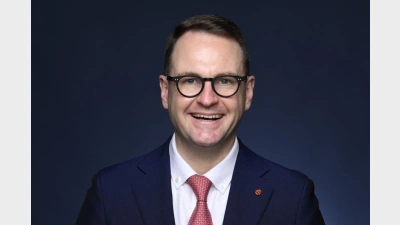Keeping pace with M&A activity


With J.P. Morgan forecasting superannuation funds could fall to less than 75, Super Review has collated the latest M&A activity in the space.
Last week, the asset manager said it believed the total number of super funds could fall to less than 75 by 2025 as merger activity was expected to accelerate going forward.
The biggest merger in the last six months had been between QSuper and Sunsuper, now known as Australian Retirement Trust, which was only completed last month and created a fund with $230 billion in assets under management.
It had since been announced Australian Retirement Trust would also merge with the $8 billion Australia Post Superannuation Scheme, a merger that had been previously been planned with Sunsuper.
Hospitality-focused super fund Hostplus was particularly active in the merger space; having completed a merger with Intrust Super in November 2021, was in the process of merging with Statewide Super and signed a memorandum of understanding (MoU) with Maritime Super.
Australian Super also completed a merger with Club Plus Super while Aware Super completed one with the Victorian Independent Schools Superannuation Fund (VISSF), both taking place in December.
Australian Super had also signed a heads of agreement with LUCRF Super which was expected to be finalised towards the end of the financial year.
Looking at future mergers, EISS Super signed an MoU with Cbus after an initial merger with TWU Super fell apart in October after ‘extensive due diligence’ and UniSuper signed an MoU with Australian Catholic Superannuation.
Recommended for you
Insignia’s Master Trust business suffered a 1.9 per cent dip in FUA in the third quarter, amid total net outflows of $1.8 billion.
While the Liberal senator has accused super funds of locking everyday Australians out of the housing market, industry advocates say the Coalition’s policy would only push home ownership further out of reach.
Australia’s largest superannuation fund has confirmed all members who had funds stolen during the recent cyber fraud crime have been reimbursed.
As institutional investors grapple with shifting sentiment towards US equities and fresh uncertainty surrounding tariffs, Australia’s Aware Super is sticking to a disciplined, diversified playbook.













